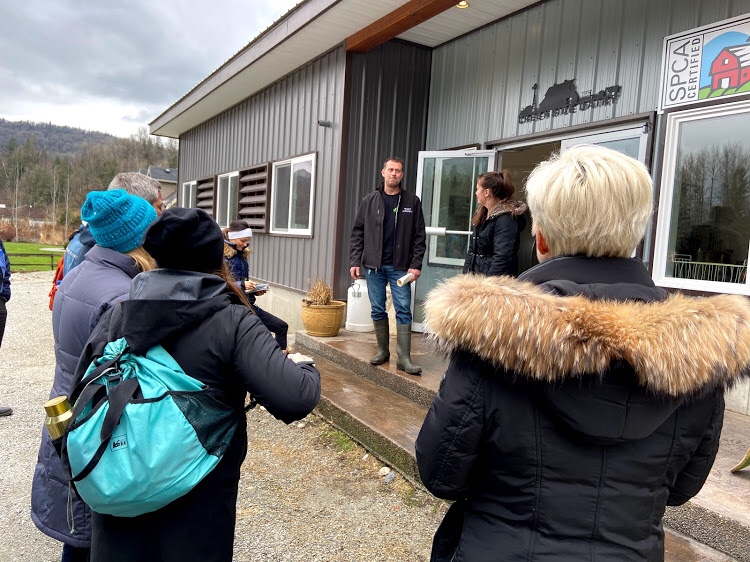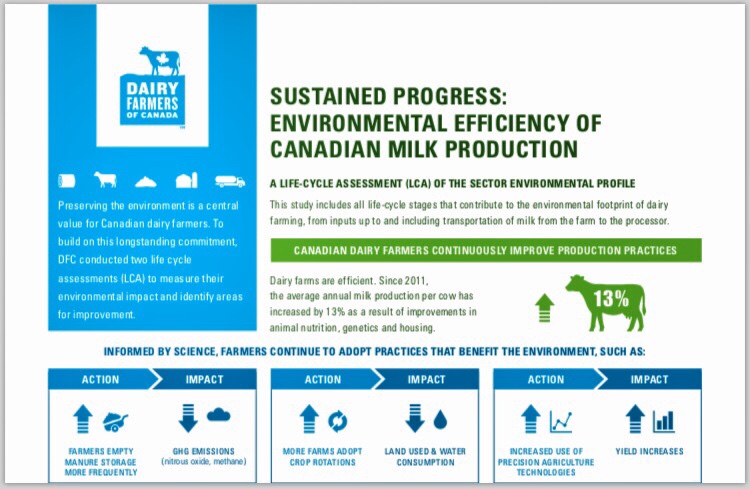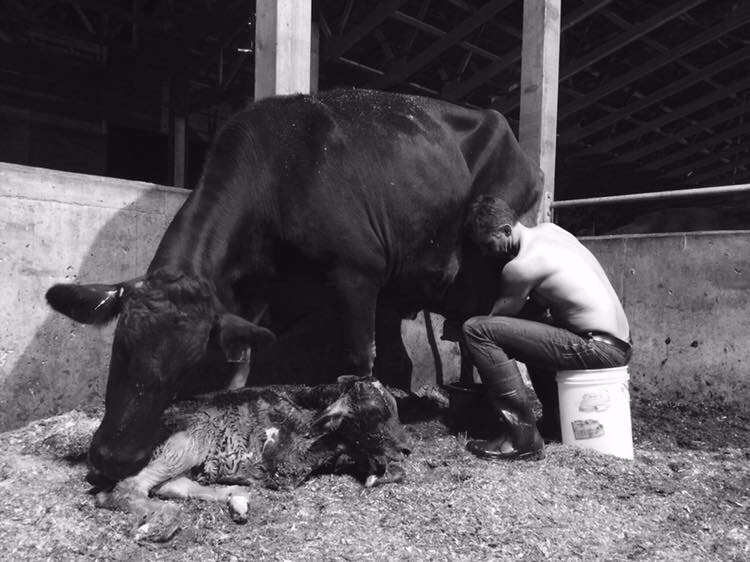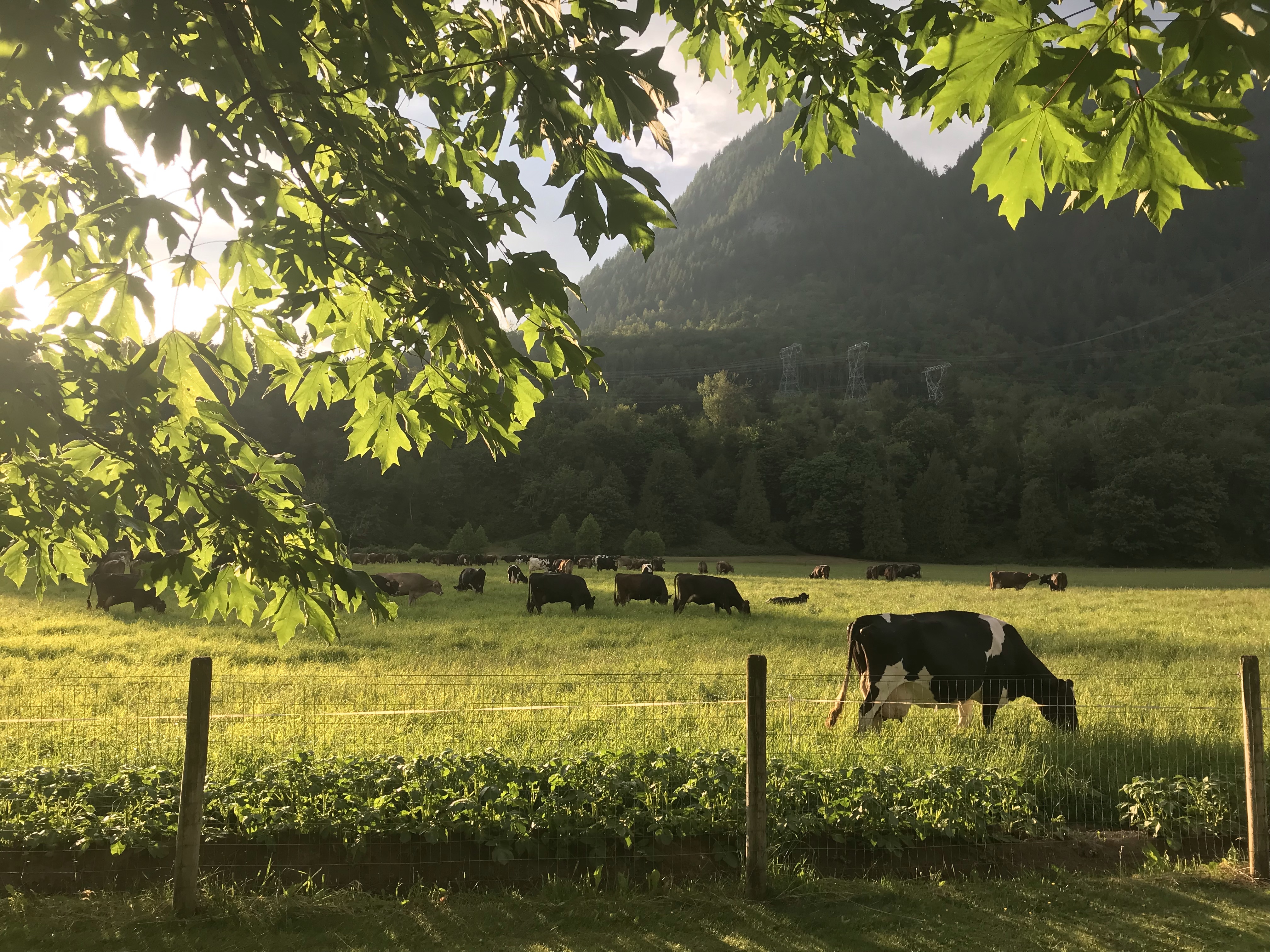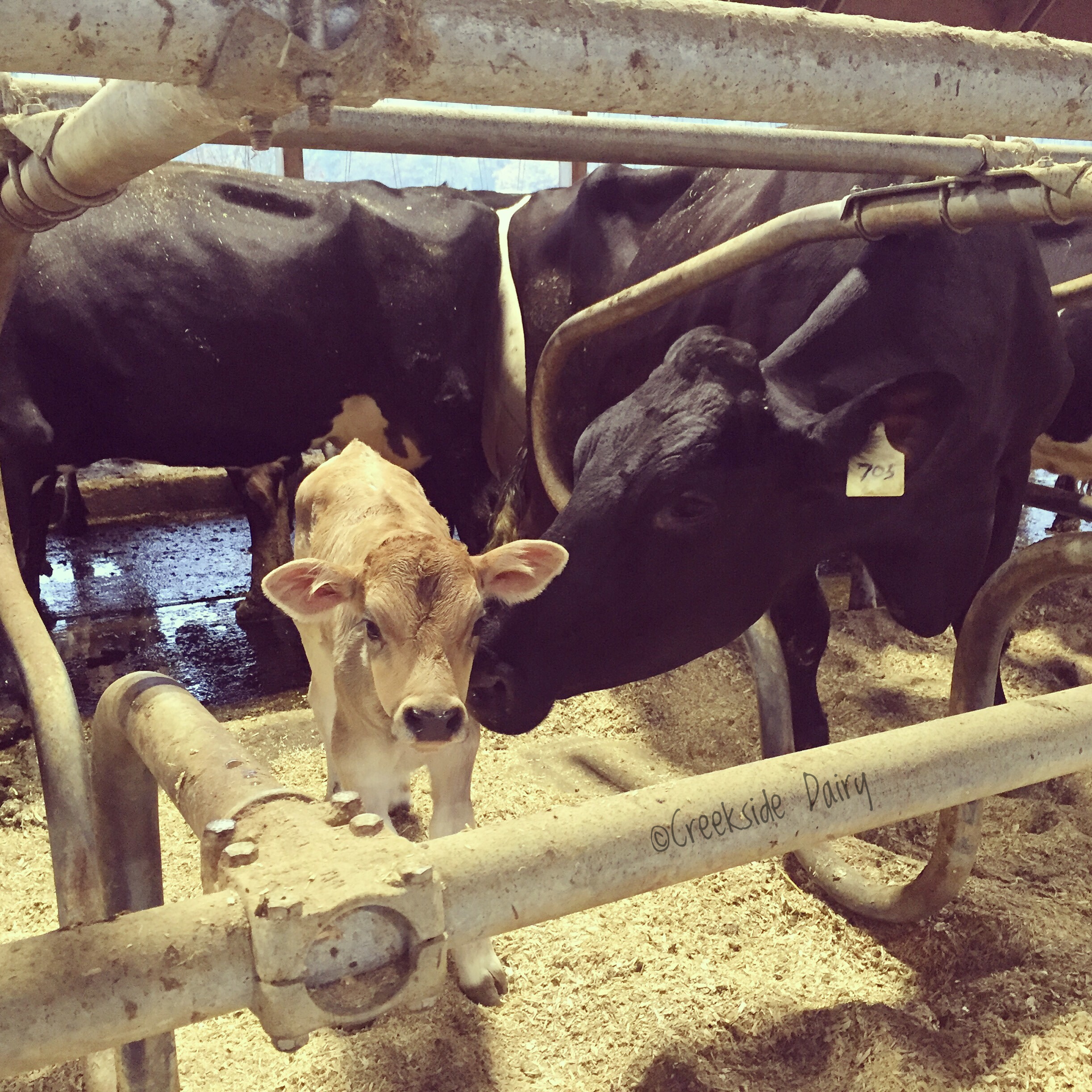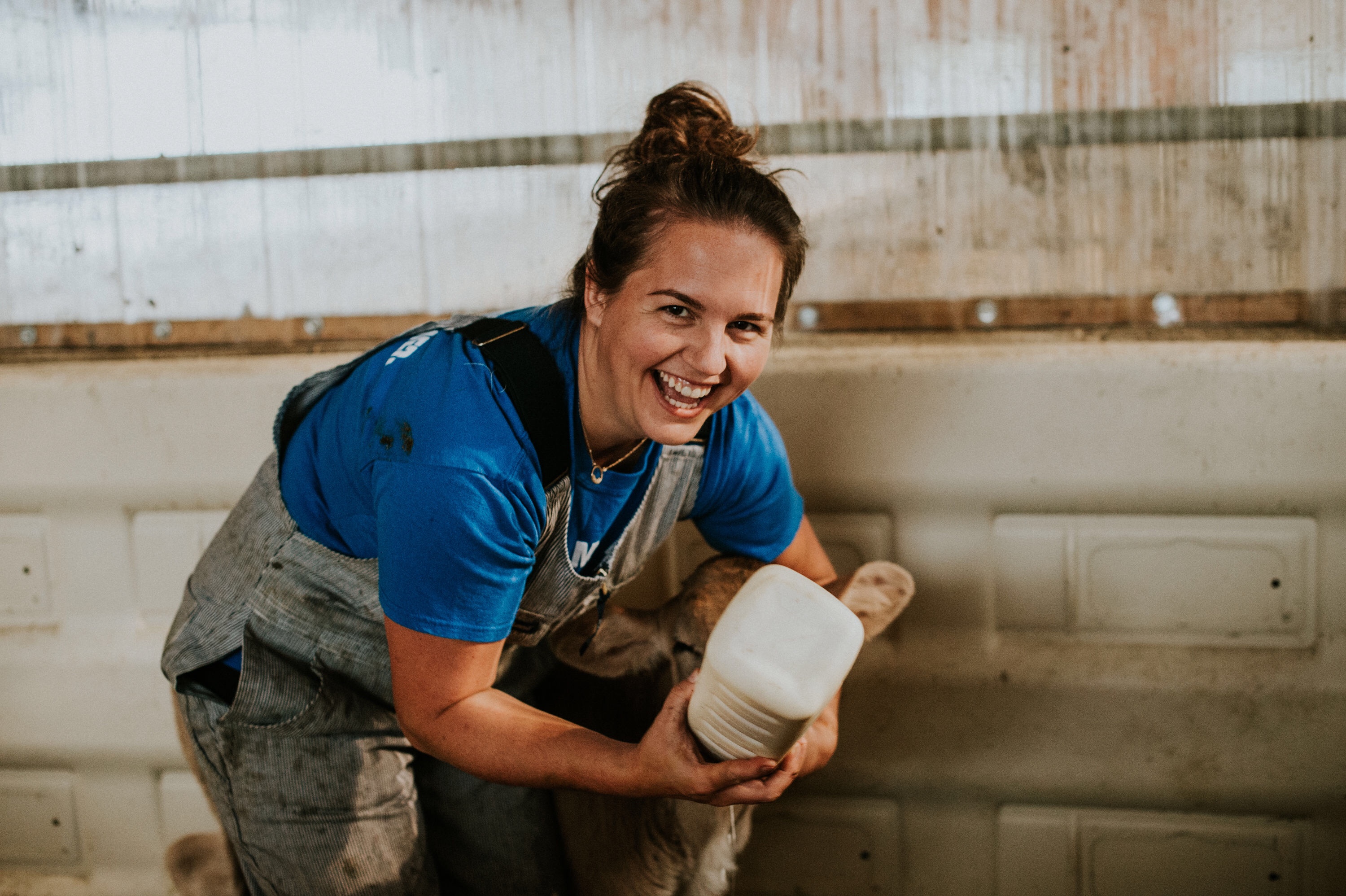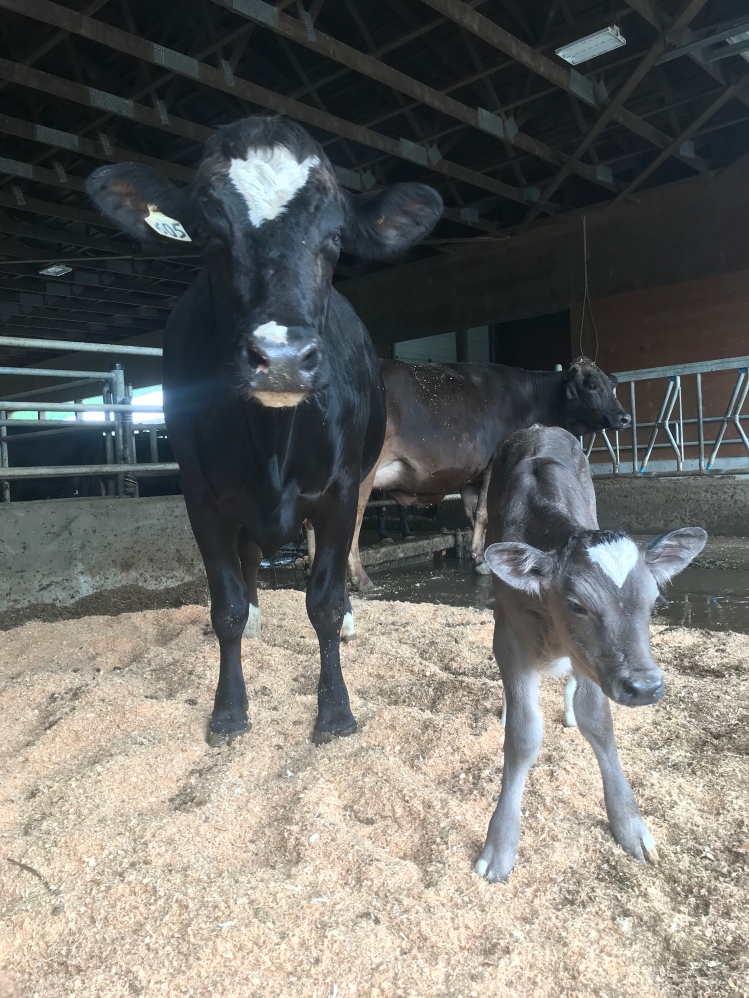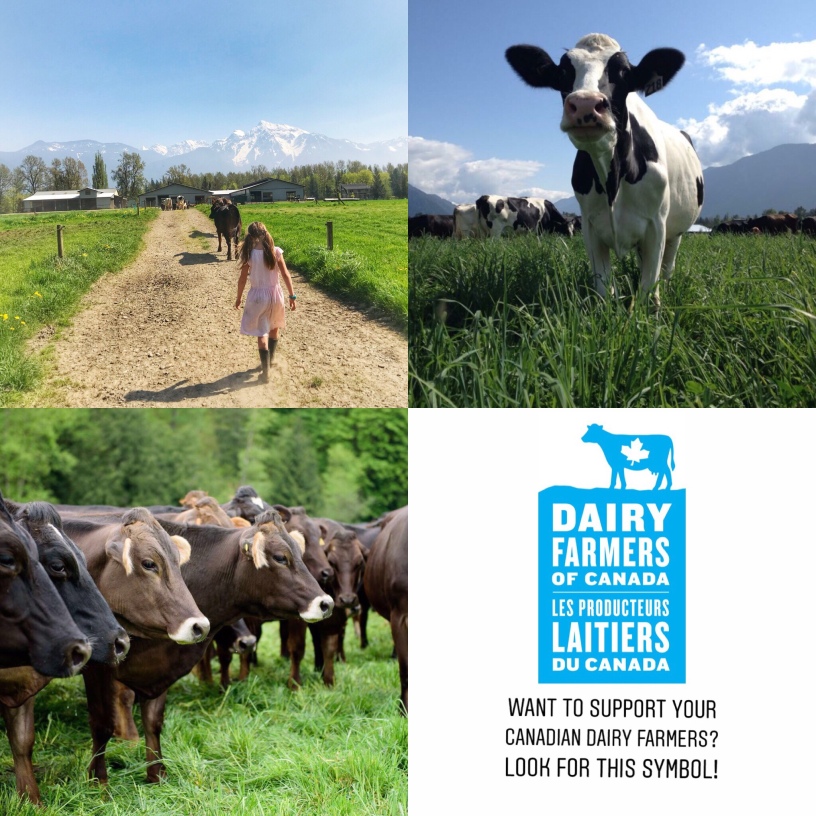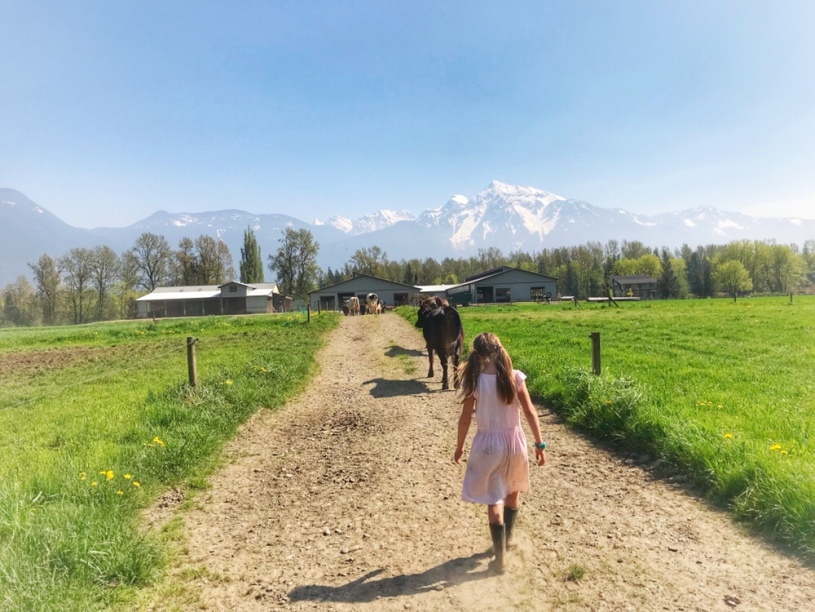Uncertainty. Instability. A constantly changing environment. In this pandemic this is true for many sectors of the economy and of course for most of our readers in their personal lives too. The dairy industry and your local dairy farmers are no exception to this. Although farming has rightfully been deemed an essential service, this does not insulate nor protect us from a rapidly evolving market and changes in consumer habits.
When social and physical distancing measures came into place a few weeks ago, demand for dairy products surged as our consumers tried to anticipate and plan for the unknown. Was a total lockdown imminent? This led to millions of consumers stocking up on essentials, including milk. Grocery stores struggled to keep milk on the shelves and soon limited the amount of dairy products each consumer could purchase. Farmers were asked to produce more milk to meet this increased demand.
But at the same time, different aspects of the marketplace were also in flux. Restaurants and coffee shops either closed or began operating at reduced capacity. This has led to a reduction in demand for dairy products packaged in ways that are not usually available in your grocery stores: think of butter in tiny containers, bulk shredded cheese for pizza companies, 250mL milk cartons for schools, etc, etc. It’s no easy task for processing companies to switch to retail ready packaging and involves so many logistical layers, such as a bigger supply of bottles, containers, and labels, different packing lines, and so on. Our provincial dairy boards and dairy processors have been scrambling to keep up with this rapidly evolving situation. Obviously this is something that our boards and processors have never before experienced nor is it something they could have planned for.
Dairy farmers and their boards and committees have donated excess milk to food banks. We’ve donated funds to charities and non-profits to help them purchase dairy products for the needy in our communities. Our boards have done their utmost to try to avoid wasting milk but some farms have now been asked to dispose of the milk in their bulk tanks to eliminate the excess supply.
It’s devastating watching perfectly good, nutritious milk not end up where it was meant to be: in your fridge and on your table.
While we are very aware that we are so fortunate to still have a job to go to every single day, seeing the product of our hard work go down the drain just hurts. I won’t sugar coat that. The farmers who will be asked to dispose of their milk will be compensated; it’s a loss that will be shared across provincial milk pools. All dairy farmers will share this burden of lost income equally. We all are hopeful this will be a very temporary measure and that stability will soon return to the market, allowing our boards to more easily anticipate and plan for a balance in supply and demand. That’s the whole goal of our Canadian supply managed dairy system: we balance the needs of our consumers with the supply of milk from our family farms. But cows don’t have a tap that we can turn on and off. If a cow produces 30L of milk today, she will do that tomorrow too, and the next day, and the next, and the next. It is thus very difficult to react quickly to sudden market fluctuations.
How can you help? Buy milk. Purchase some cheese or ice cream to enjoy with your family. Enjoy real cream (dare I mention whipping cream?) in your home brewed coffee. The milk is here, it’s available, it’s ready to be processed, shipped to the retailers, then purchased by you to feed your families. Please be patient with us. We ask for your understanding as our industry tries to adjust to this new, strange environment. We pray that extreme measures like disposing of milk will be short lived and that solutions will be quickly found to find a way for this milk to end up on your table.
Rest assured that your farmers are still working hard to provide you and your families with top quality, ethically produced, nutritious dairy. This is a tough time for our industry (as it is for so many sectors) but our commitment to our animals and to you our consumers has not wavered. We’re here for you. Be safe. Be well. Much love to you all.




